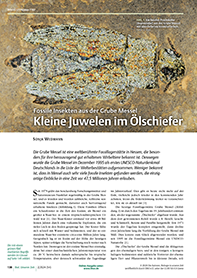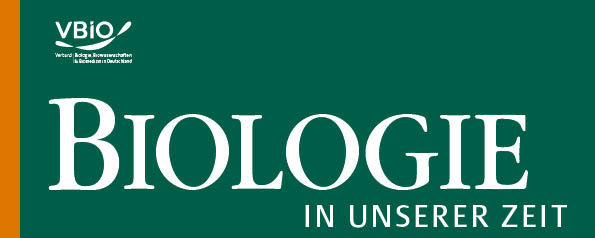Small jewels in the oil shale
DOI:
https://doi.org/10.11576/biuz-7102Keywords:
Insekten, Grube Messel, UNESCO-Welterbe, Fossillagerstätte, EozänAbstract
Due to the exceptionally good preservation of its fossils, the Fossillagerstätte Grube Messel provides unique insights into the Eocene period, approximately 47.5 million years ago. Insects were very common in the former ecosystem and are often found in the oil shale sediments. In many of the insect fossils, the structural colours are almost unchanged, thus shining in their original hues. Special finds, for example those of a fossilized walking leaf, weaver ants, or bizarrely shaped shield bugs, do not only provide insights into the tremendous diversity of past communities but also offer clues as to evolution and biogeography. Without these fossil records, biogeographic reconstructions, for instance, would be incomplete. Analyses of pollen grains present on some fossils provide new insights into lifestyle, pollination, and even feeding behaviour that were previously unknown for certain groups, such as the tangle-veined flies.


